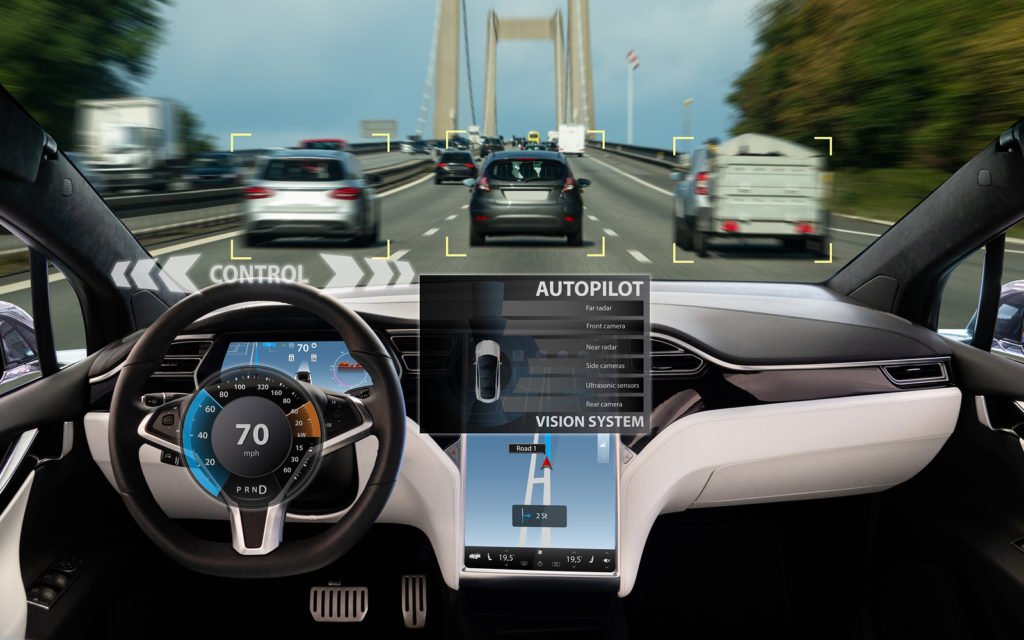Self-Driving Cars and the Law: Who’s the driver? Who’s liable? Is there privacy?
By Arnav Gandhi
Despite the proclamations of Musk and his fanboys, the technicalities behind autonomous vehicles (‘AV) have proven difficult to master. Even so, there will be time when this technology will be mature enough to dominate the commercial market. It follows the law should proactively adapt to address the ethical challenges associated with AVs.
A deceptively simple question must be asked. Who drives an AV? This must be addressed as motor vehicle accident schemes require a ‘driver’ to be at ‘fault’. Legislation in most states do not define ‘driver’ in a manner that would include an autonomous system. The driver must be a person. This bars compensation for parties who claim under fault-based schemes. Clearly, reform is required to expand the definition of ‘driver’ to include such systems. Regardless, this definition of ‘driver’ will poke its head in cases where it is not clear whether the actions of the system or the actual person ‘driving’ the vehicle caused an accident. While manufactures such as Mercedes have been proactive and agreed to liability for accidents due to faults in particular systems, principles need to be established by the courts or legislatures to determine what aspects of driving are delegated to a person or ‘system.’
Manufactures liability is an alternative source of compensation for injured parties. The Australian Consumer Law (‘ACL’) provides statutory remedies when a safety defect causes injury, loss, or damage to others. Vehicles and ‘any competent part of or accessory’, such as automated systems come under its scope but this is subject to qualifiers. Autonomous systems are complex and consist of many sub-systems. It is possible that liability will be divided across many manufactures, increasing the time a claim can benefit a party. Manufactures would also shield themselves by using ‘state-of-the-art’ defences under the ACL. This defence applies when a manufacturer has employed ‘best practice’ safety features in their product. As AVs are an evolving technology, safety practices are changing constantly. The legislature will need to balance the rights of injured parties and manufacturers’ ability to experiment and innovate in the future. A testing regime, which grants manufactures’ immunity in certain circumstances may be an appropriate compromise to balance these competing interests.
AVs also bring about the ugly issue of data privacy. To navigate the roads these vehicles, need to communicate with the internet, other vehicles, and infrastructure. Information regarding vehicle owners, location, velocity, and environment could be transferred in large data streams. While not relevant on its own, the accumulation of this information could allow parties to access a very personal view of someone’s life. The decision in Privacy Commissioner v Telstra Corporation Limited held that information obtained via mining data on mobiles is not subject to protection under the Privacy Act. This is because the individual data itself was not ‘personal information.’ This restrictive definition of ‘personal information’ ignores the practical effect of data mining and analysis. The sheer volume of data analysed, and the sophistication of analysis can make innocuous data extremely revealing. Expanding the definition of ‘personal information’ in the Privacy Act would promote the security of users.

